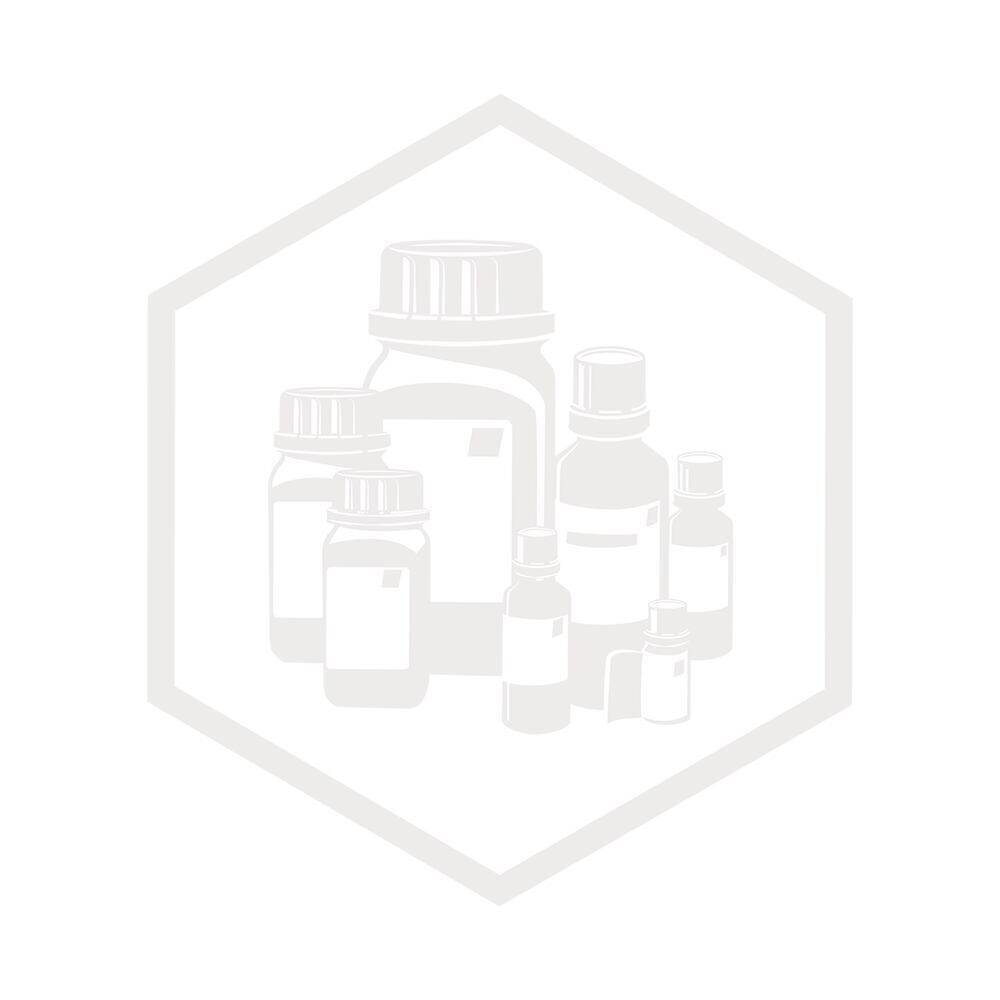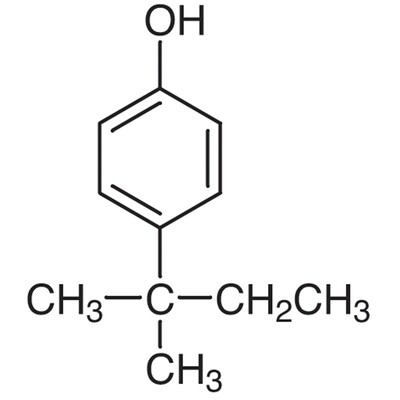Verzending 24–48 u • Levering in de hele EU • Veilige chemieverpakking
Tin(II) sulfate 96% 250 g
SKU 007526
€ 87,61
In stock
1
Save this product for later
Tin(II) sulfate 96% 250 g
Product Details
CAS number: 7488-55-3
Chemical formulas: SnSO4/ F.W. 214.75
Cation: Sn
Packaging: 250 g
EAN: 8721028255884
Brand: Laboratoriumdiscounter
Tin(II) sulfate, also known as stannous sulfate, is a chemical compound widely used in various industrial applications. With its unique properties, this compound serves as a catalyst, reducing agent, and corrosion inhibitor. Its versatile nature makes it an essential ingredient in electroplating, textile dyeing, and pharmaceutical manufacturing. Explore the diverse applications and benefits of Tin(II) sulfate in different industries.
When working with Tin(II) sulfate, it is important to follow safety precautions to minimize the risk of accidents or exposure. Here are some short safety instructions to consider: 1. Personal Protective Equipment (PPE): Always wear appropriate PPE, including gloves, safety goggles, and a lab coat or protective clothing, to protect your skin, eyes, and clothing from potential contact with Tin(II) sulfate. 2. Ventilation: Work in a well-ventilated area or use a fume hood to prevent the inhalation of any fumes or dust generated during handling or mixing of Tin(II) sulfate. 3. Handling and Storage: Handle Tin(II) sulfate with care, avoiding any spills or splashes. Store it in a tightly sealed container in a cool, dry place away from incompatible substances. 4. Avoid Ingestion and Inhalation: Never eat, drink, or smoke while working with Tin(II) sulfate. Avoid inhaling the dust or mist by keeping your face away from the container or any open solutions. 5. Chemical Compatibility: Be aware of the chemicals that are incompatible with Tin(II) sulfate, such as strong oxidizing agents or acids. Avoid mixing Tin(II) sulfate with these substances to prevent hazardous reactions. 6. Emergency Preparedness: Familiarize yourself with the location and proper use of safety equipment, such as eyewash stations and fire extinguishers, in case of accidental exposure or fire. 7. Spill and Waste Disposal: In case of a spill, contain and clean it up immediately using appropriate absorbent materials. Dispose of any waste or contaminated materials according to local regulations and guidelines. 8. First Aid: In case of skin or eye contact, rinse the affected area with plenty of water for at least 15 minutes. Seek medical attention if irritation persists. If ingested, seek immediate medical help and do not induce vomiting. Remember, these are general safety instructions, and it is essential to consult the specific safety data sheet (SDS) and follow the guidelines provided by the manufacturer for the safe handling and use of Tin(II) sulfate.
Please note, not all safety data for this product is available on our website, for a complete list of P en H sentences and other safety instructions please request the MSDS at our customer service
You May Also Like

3-BROMO-1-PHENYLNAPHTHALENE, 98.0%, 100mg
3-BROMO-1-PHENYLNAPHTHALENE, 98.0%, 100mg
SKU F468717-100MG
€ 67,10

2-(Trifluoromethyl)pyridin-3-amine, 95.0%, 10g
2-(Trifluoromethyl)pyridin-3-amine, 95.0%, 10g
SKU F091554-10G
€ 240,90
Display prices in:EUR





![1'-(4-(1-(4-Fluorophenyl)-1H-indol-3-yl)butyl)-3H-spiro[isobenzofuran-1,4'-piperidine] hydrochloride, 98%, 10mg 1'-(4-(1-(4-Fluorophenyl)-1H-indol-3-yl)butyl)-3H-spiro[isobenzofuran-1,4'-piperidine] hydrochloride, 98%, 10mg](https://d2j6dbq0eux0bg.cloudfront.net/images/88473019/4856139287.png)
![4H-Cyclopenta[1,2-b:5,4-b']dithiophene, 95.0%, 5g 4H-Cyclopenta[1,2-b:5,4-b']dithiophene, 95.0%, 5g](https://d2j6dbq0eux0bg.cloudfront.net/images/88473019/4863374788.png)



![3-BROMO-IMIDAZO[1,5-A]PYRIMIDINE-8-CARBOXYLIC ACID ETHYL ESTER, 95.0%, 100mg 3-BROMO-IMIDAZO[1,5-A]PYRIMIDINE-8-CARBOXYLIC ACID ETHYL ESTER, 95.0%, 100mg](https://d2j6dbq0eux0bg.cloudfront.net/images/88473019/4861239074.png)
